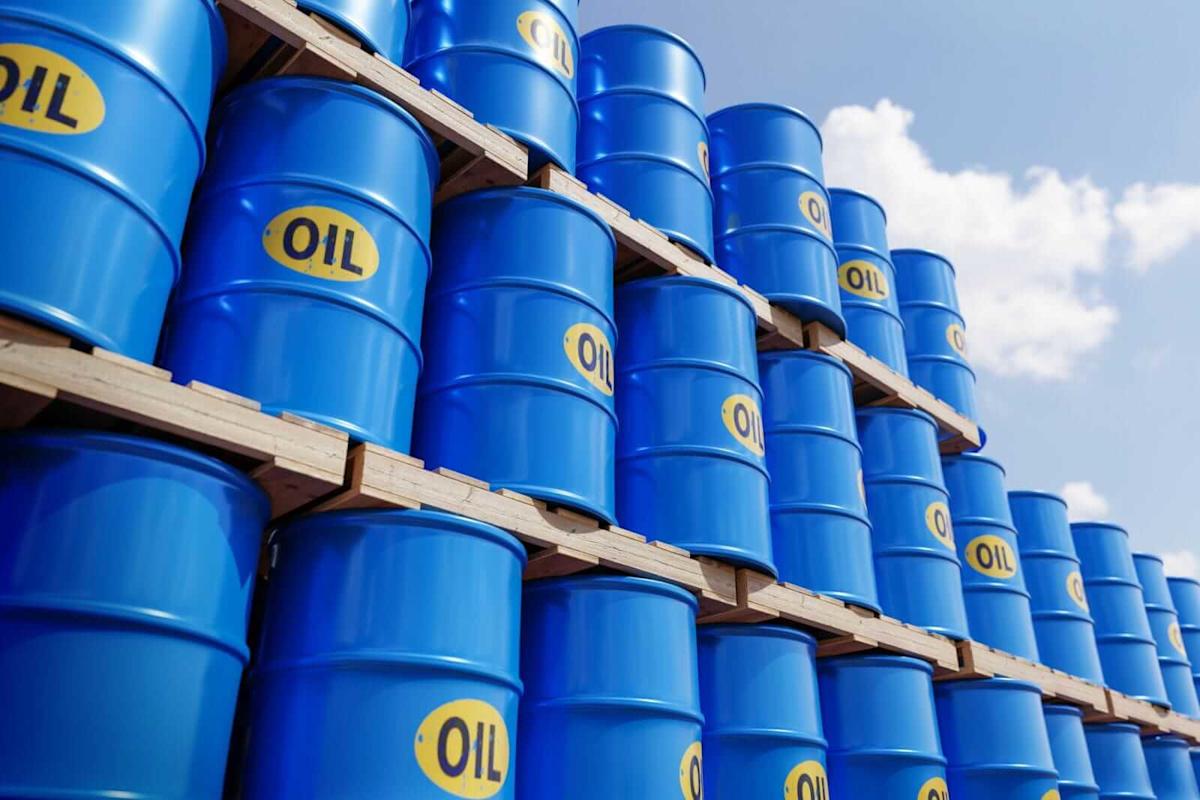August WTI crude oil (CLQ25) today is down -0.27 (-0.40%), and August RBOB gasoline (RBQ25) is down -0.0194 (-0.90%).
Crude oil and gasoline prices are under pressure today, with gasoline falling to a 2-week low. The outlook for larger crude exports from Iraq may boost global oil supplies and is weighing on prices. Expectations for increased Iraqi crude exports may also prompt Saudi Arabia to boost its crude exports in order to maintain its market share, further exacerbating a global oil supply glut. Losses in crude are limited due to a weaker dollar and today’s rally in the S&P 500 to a new all-time high, which shows confidence in the economic outlook that is bullish for energy demand.
Weighing on crude is the outlook for Iraq to boost crude exports from its northern Kurdish region through the Iraq-Turkey pipeline, where oil exports have been halted since March 2023. The Iraqi government approved a plan for the semi-autonomous Kurdish region to resume oil exports. Kurdistan expects to supply Iraq’s crude market with 230,000 bpd of crude once exports resume. Iraq is OPEC’s second-biggest oil producer.
Crude prices have carryover support from last Friday when the European Union approved fresh sanctions on Russian crude exports and its energy trade over its war in Ukraine. The sanctions package includes cutting off 20 more Russian banks from the international payments system SWIFT, as well as restrictions imposed on Russian petroleum refined in other countries. A large oil refinery in India, part-owned by Russia’s Rosneft PJSC, was also blacklisted. Additionally, 105 more ships in Russia’s shadow fleet were sanctioned, bringing the total number above 400 ships.
Concern about a global oil glut is negative for crude prices. On July 5, OPEC+ agreed to raise its crude production by 548,000 barrels per day (bpd) beginning August 1, exceeding expectations of a 411,000 bpd increase. Saudi Arabia also stated that additional similar-sized increases in crude output could follow, which is viewed as a strategy to reduce oil prices and penalize overproducing OPEC+ members, such as Kazakhstan and Iraq. OPEC+ is boosting output to reverse the 2-year-long production cut, gradually restoring a total of 2.2 million bpd of production by September 2026. On May 31, OPEC+ agreed to a 411,000 bpd increase in crude production for July, following the same 411,000 bpd hike for June. June crude production rose +360,000 bpd to a 1.5-year high of 28.10 million bpd.







